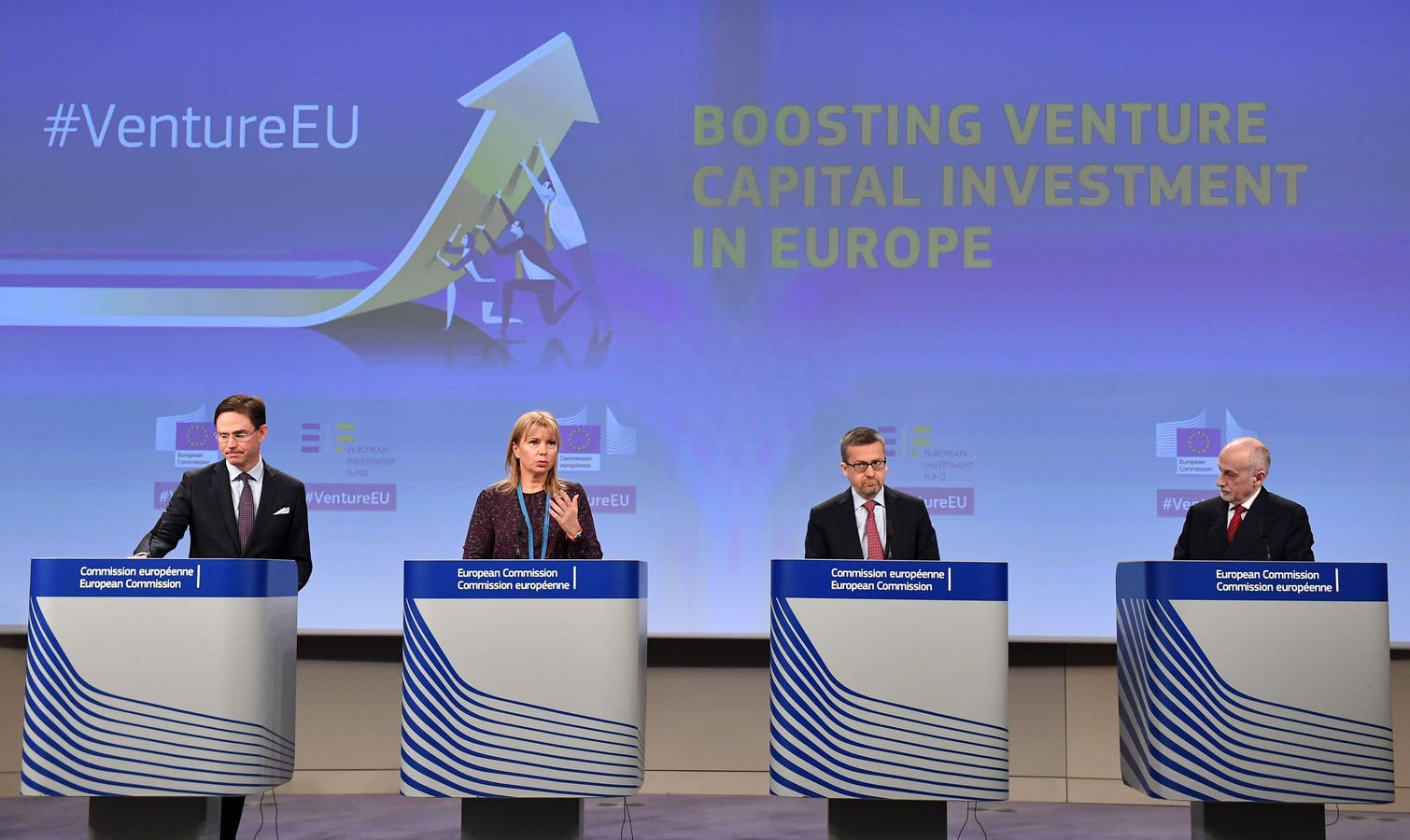Focus on the camera and microphone used by a woman recording a video tutorial from home
The creator economy is no longer a scrappy side hustle or a chaotic collection of one-person operations filming videos in basements. Today, it’s a maturing industry drawing serious interest from private equity firms, investment banks and capital providers. At a panel at the annual creator event VidCon, in Los Angeles last week, a common theme emerged: the creator economy is growing up and investors are helping to professionalize it.
Breaking Down Misconceptions
Liz Zavoyskiy of MEP Capital, a firm that has deployed $100 million into video-first businesses since 2018, was unequivocal: “We really look at the creator economy the same way that we’d look at any other asset in the space.” Despite lingering misconceptions that creator content is low-quality or volatile, Zavoyskiy emphasized that if you find the right types of content, it can be both high quality and highly investable. “YouTube has been monetizing since 2007. That means you have decades of data that can help you analyze opportunities.”
The Challenge of Educating New Investors
Chris Erwin, whose firm RockWater advises on M&A in the space, highlighted how new entrants are struggling to keep up. “We’re seeing hundreds of new strategic and financial buyers. These are companies that haven’t done deals in the space. They don’t know the business models. They need a lot of education. It’s good for the space, but it is taxing,” he said. He urged caution around the hype: “M&A is considered sexy and exciting, but it’s usually not the best thing to do.”
Smart Capital for Smart Creators
Alex Kaplan, founder of Breeze, provides fixed-cost funding to YouTube creators. His goal? Provide right-sized capital that creators can actually afford. “Creators have gotten a little bit smarter and a lot more sophisticated on what they look for,” he said. “Before, they made it feel like a brand deal ‘I just get money.’ Now, they understand, ‘No, you have to pay that money back. There’s a fee.'”
Kaplan emphasized the importance of aligning capital with a creator’s actual needs. “It’s not about the biggest check. It’s about what makes sense for their growth plan,” he noted. Breeze has focused on giving creators flexible funding terms, often tailored to the scale of their AdSense revenue. “We ask: how much can you afford and how will it help you grow? That’s where our deal gets shaped.”
This shift is helping reduce risky over-leveraging and introduces a more sustainable approach to scaling creative businesses. As creators become more sophisticated, so too must the financial products that serve them. Kaplan envisions a future where capital providers support not just YouTube earnings but also multi-platform strategies, merchandising, memberships and more.
Asset or Illusion? Investors Seek Substance
Jay Kirsch of Oaklins DeSilva+Phillips brought a broader investment banker’s view: “The barriers to entry for having a company in this space are essentially zero. It can look like you’ve got a great business, but there’s no real asset there.” This, he argued, has made some investors wary, especially those from larger private equity firms seeking scale and structure.
What Investors Are Looking For
To attract serious capital, creators and their partners need to think like business operators. Zavoyskiy shared her framework: look for multiple monetization streams, valuable back catalogs and predictable revenue decay. Key person risk is also critical; can the business survive if the creator takes a break? “We really try to keep things very simple,” she said, emphasizing that complexity doesn’t always mean quality.
The maturing market has also forced dealmakers to reconsider their strategies. Erwin noted: “Know what buyers are looking for: growth, margins, IP, business model, strategy. How do you stack up against your peers? Know what the market valuations are. Are your business goals aligned with where the market precedents are at?”
Kaplan added that the evolution of the capital environment has helped weed out bad actors. “There was a gorilla in the room that used to just write a blank check to crazy multiples that never made sense. That doesn’t happen anymore. We’ve right-sized the deal. We know how to price risk better.”
Creators Becoming Founders
This professionalization is also visible in creators themselves. Billy Parks, a venture partner at Slow Ventures, noted a shift from transactional brand relationships to deeper business building.
He added, “When you look at creators doing $5 to $10 million in revenue with a million subscribers, a lot of agencies aren’t even looking at them. The future is in identifying creators who can leverage their audience into scalable products.”
Creators are moving beyond influence to infrastructure. They are hiring teams, building operations and making decisions based on cash flow and ROI. Many are modeling themselves after tech startups: data-driven, process-oriented and structured to scale. As Parks pointed out, “They’re not just creators anymore; they’re CEOs.”
This shift is prompting agencies and management companies to evolve as well. Traditional talent managers are now becoming investors, consultants and co-founders. The new standard is long-term alignment, not just deal facilitation.
What’s Next: Consolidation and New Revenue Models
Looking forward, the panelists predicted more consolidation and continued growth in professional services around creators. Zavoyskiy expects more YouTube channel aggregators to emerge, while Erwin is enthusiastic about new revenue streams like educational content services.
Creators are also tapping into underserved verticals. For example, businesses helping creators monetize through courses, digital products, or fan memberships are gaining traction. As Erwin described, “We’re working with a client who turns Kajabi creators making $50,000 a year into million-dollar businesses through smart funnels and professional marketing.”
The capital stack is expanding too. Beyond VC and ad revenue, creators are exploring revenue-based financing, private equity, and even private credit. These new instruments reflect the maturing economics of digital creativity and offer more tailored, flexible solutions than traditional funding.
With traditional M&A slowing and public markets hard to access, the next wave of growth will likely be driven by smart partnerships, strategic consolidations, and a relentless focus on profitability.
In my view, M&A activity in the creator economy is poised to increase. Market conditions, evolving investor sophistication, and the sheer volume of scalable creator-led businesses all point to a growing wave of deal-making. For creators who’ve built something significant but are unsure how to grow further, or who are simply ready for a change, now may be a smart time to explore a sale.
Remaining Challenges in Valuation and Scaling
But there are still challenges. Kirsch pointed out that valuation remains a puzzle: “It’s hard to value companies in this space. There’s not a ton of history of public multiples.”
Still, there is optimism. As Kaplan summarized, “The reality is that over time, you should see more capital flowing to creators. Everyone getting smarter on the access to capital, how they can grow their business, what the use cases are, that will open the door for more opportunities.”
In short, the creator economy is graduating. The capital is more sophisticated, the stakeholders are more educated and the businesses are becoming more resilient. What was once a digital Wild West is now a structured, data-driven frontier attracting a new class of capitalists. The creator economy’s next chapter is being written by those bold enough to invest in its future and I’m proud to be one of them.








